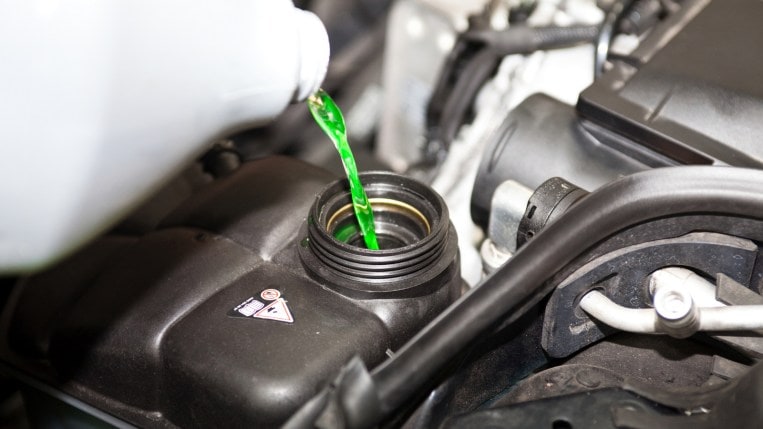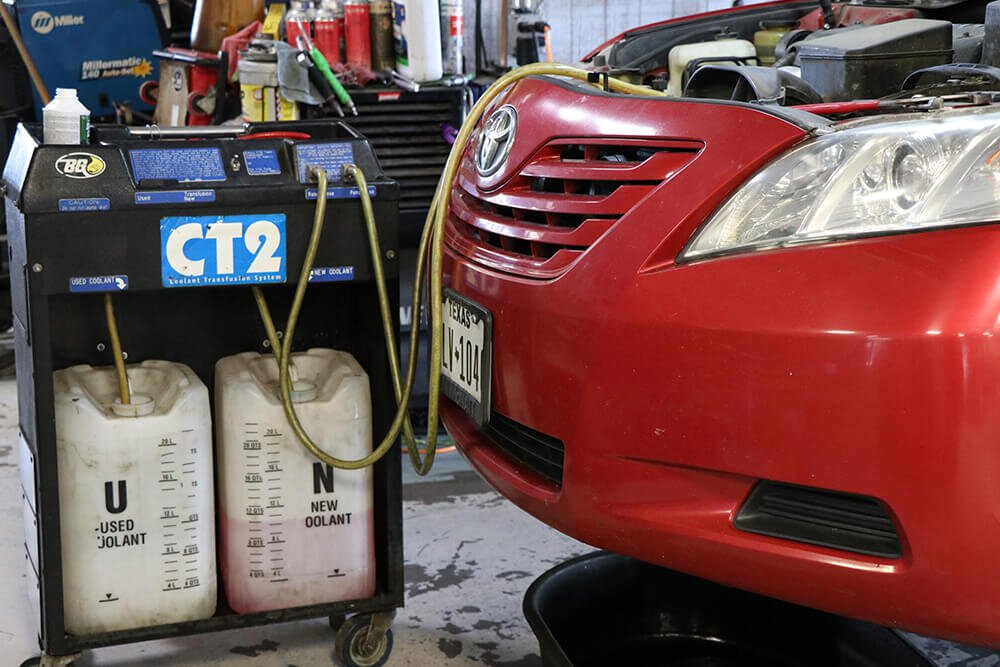Dirty coolant is probably one of the worst things that can happen to your vehicle’s cooling system. While it sounds strange, dirty coolants are actually quite damaging and can make your car run hot and fail to cool down. This is because dirt, dust, grime, bugs and other small abrasive particles can get into the system and cause serious damage.
These particles will lodge themselves in the internal passages of your car’s radiator or even find their way into your engine where they will cause trouble over time. It is important to change it every season because dirty coolants attracts moisture from the atmosphere and leads to corrosion. If you let your old coolants sit for too long you risk having a cracked radiator or even a leaky head gasket that will cost you a fortune to repair. The good news is that changing it isn’t expensive at all!
What is coolant and why do you need it?

The basic function of your car’s cooling system is to transfer heat from the air to your car’s metal parts. This is done by way of a metal radiator which is filled with a special liquid called coolant. The radiator uses it to transfer heat to your engine which allows it to run at a lower temperature. When your car is turned off, the heat in the radiator builds up incredibly quickly and causes your metal parts to expand. This can lead to cracks and even engine damage.
As well as preventing your car from getting damaged by heat, the coolant also prevents corrosion by keeping the metal parts in your car from coming into contact with air that can contain harmful oxygen molecules. The coolant in your car is made of a mixture of antifreeze, ethylene glycol and additives designed to maintain the correct level of pressure in your system.
How to change a car’s coolant

There are a few different types of coolant on the market, so it is important to know how to change each type of fluid. The most common type of coolant is ethylene glycol and it can be found in both domestic and foreign cars. The next most common is propylene glycol and this is found in American-market cars. R134a is a common type used in Europe and R-134a is used in American, Japanese and some European cars.
When changing your coolant, make sure to use the right type. Fortunately, changing it is a fairly easy job that only requires an oil drain and an expansion tank. You will need to let the car’s engine cool down for a few hours before doing the job so that the oil doesn’t get too hot and cause damage. You can change your car’s coolant in about half an hour. All you need to do is remove the car’s fuse panel cover and unbolt the the pipes from the engine bay. You can then remove the radiator and replace the pipes with the new.
How often should you change your coolant?
The coolant in your car should be replaced every year or 18,000 miles. At this point in your car’s life, it is old and dirty, it has accumulated a lot of dust and dirt and it has a higher chance of becoming corroded. Changing it will increase the lifespan and reliability of your engine.
When is the best time to change your coolant?
The best time to change your coolant is during the summer. Summertime is when your car spends the most time out in the heat and this is the most likely time for your radiator to get dirty. This is also the easiest time to get your hands on tit as it is more common than winter coolant and does not change color.
Why does my vehicle need new coolant?

A car’s coolant is there to protect your engine from damage. However, the it will get dirty if you don’t change it out. Your cooling system has to work hard to keep your engine cool and if the it becomes too dirty it stops working properly. This means your engine will work harder and be more prone to overheating.
Over time this can cause damage to your engine and lead to expensive repairs. When it gets too dirty it can cause your engine’s coolant hoses to swell and crack. This can cause your engine to overheat, which is obviously bad news. If it is more than two years old it is a good idea to change it out.
How often should you replace your radiator fluid?
Automatic transmission vehicles will require a radiator flush every three years or 24,000 miles. There is no set rule for when you should change your coolant, it is simply a matter of when your car does. If you have a new car you should change the it every year just for safety.
Conclusion
Your car‘s cooling system is important to its longevity and safety, and it’s worth checking the fluid levels and replacing the radiator fluid every year or 18,000 miles. It’s easy to do and can be done in half an hour. Make sure you follow the steps and you’ll be good to go.








